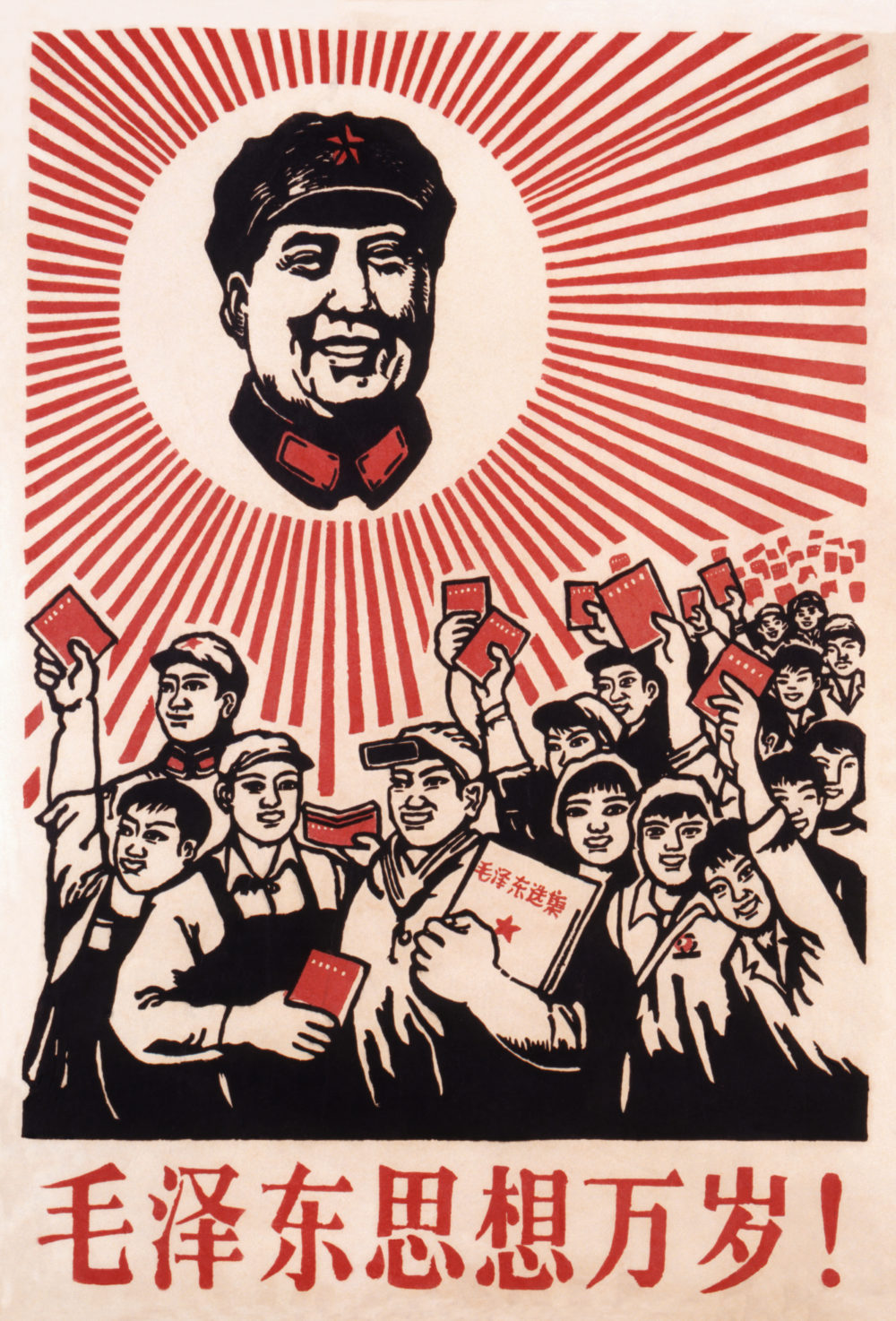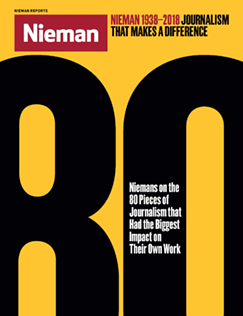
A Chinese Communist Party poster featuring Chairman Mao and revolutionaries
Edgar Snow avoided grandiosity when he achieved one of the great scoops of the 20th century by hooking up with China’s Red Army in 1936. “I do not intend to pronounce the verdicts of history,” he said. Snow traveled by decrepit train, donkey caravan, and a wobbly horse along precarious hillside paths before reaching Mao Zedong, the peasant-born intellectual turned revolutionary living in two map-filled rooms whose only luxury was a mosquito net.
Outsiders debated whether Mao and his comrades were potential saviors of the world’s most populous country or “little Red devils” who were tools of the Communist regime in Moscow. Thus Snow’s modest goals for his months shadowing Mao and his troops: “What were the Chinese communists like, anyway?… Social prophets, or mere ignorant peasants blindly fighting for an existence? How did the Reds dress? Eat? Play? Love?… Was it a disciplined Army?” I read “Red Star Over China” in the mid-1960s when Mao had advanced a long way from hiding in a hut but still was—along with Snow’s pioneering portrayal—the object of worldwide debate. For a budding journalist, however, the lessons were clear: You had to get away from the comfort of the office, and steer clear of pontificating from afar, if you were going to serve your readers.


